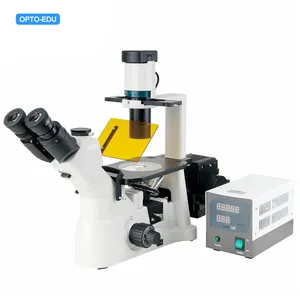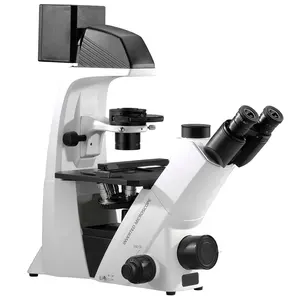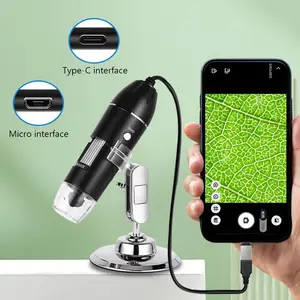Exploring the World of Fluorescence Microscopy
Fluorescence microscopy stands as a pivotal instrument in the realm of scientific research, leveraging the power of fluorescence to study properties of organic and inorganic substances. This technique has revolutionized the way researchers observe compounds at a microscopic level, providing insights that were once beyond reach.
Types and Applications
Epifluorescence microscopy and confocal fluorescence microscopy are two prominent types, each with unique applications. Epifluorescence is widely used for rapid and specific identification of components within a cell, while confocal microscopy offers the ability to construct three-dimensional images. These methods have vast applications ranging from biomedical research to material science, highlighting their versatility in various research and industrial settings.
Technical Features and Materials
The construction of a fluorescence microscope involves intricate design and precise material selection. Components like high-intensity lamps, filters, and photodetectors are integral. Advanced versions, such as the microscope TIRF (Total Internal Reflection Fluorescence) and multiphoton excitation microscope, offer deeper insights into specimen analysis through enhanced imaging techniques.
Innovations in Fluorescence Imaging
Innovative techniques like light sheet fluorescence microscopy (LSFM) and fluorescence lifetime imaging microscopy have expanded the capabilities of traditional fluorescence microscopy. LSFM allows for imaging of live specimens with minimal photodamage, while fluorescence lifetime microscopy provides data on the dynamics of the fluorescent molecules.
Advantages of Modern Fluorescence Microscopes
Modern fluorescence microscopes, including inverted fluorescence microscope models, offer several advantages. They provide enhanced resolution and sensitivity, allowing for the observation of phenomena such as microscope immunofluorescence, which is crucial for understanding complex biological processes.
Selecting the Right Fluorescence Microscope
Choosing the right microscope for fluorescence applications involves considering factors such as the intended use, the level of detail required, and the specific features needed for one's research. While the fluorescence microscope price and fluorescence microscope cost are important considerations, the focus should remain on the microscope's capabilities and how well it fits the intended application.































 浙公网安备 33010002000092号
浙公网安备 33010002000092号 浙B2-20120091-4
浙B2-20120091-4